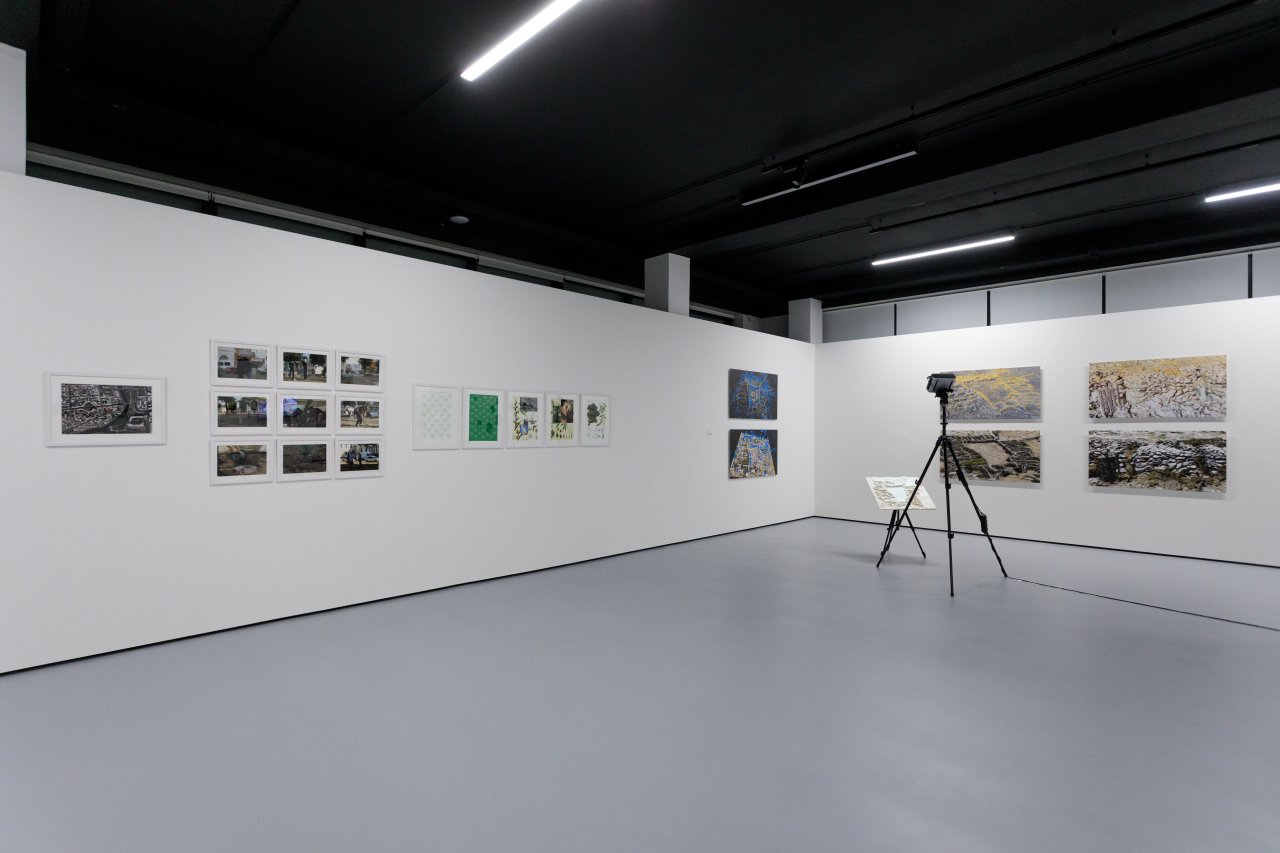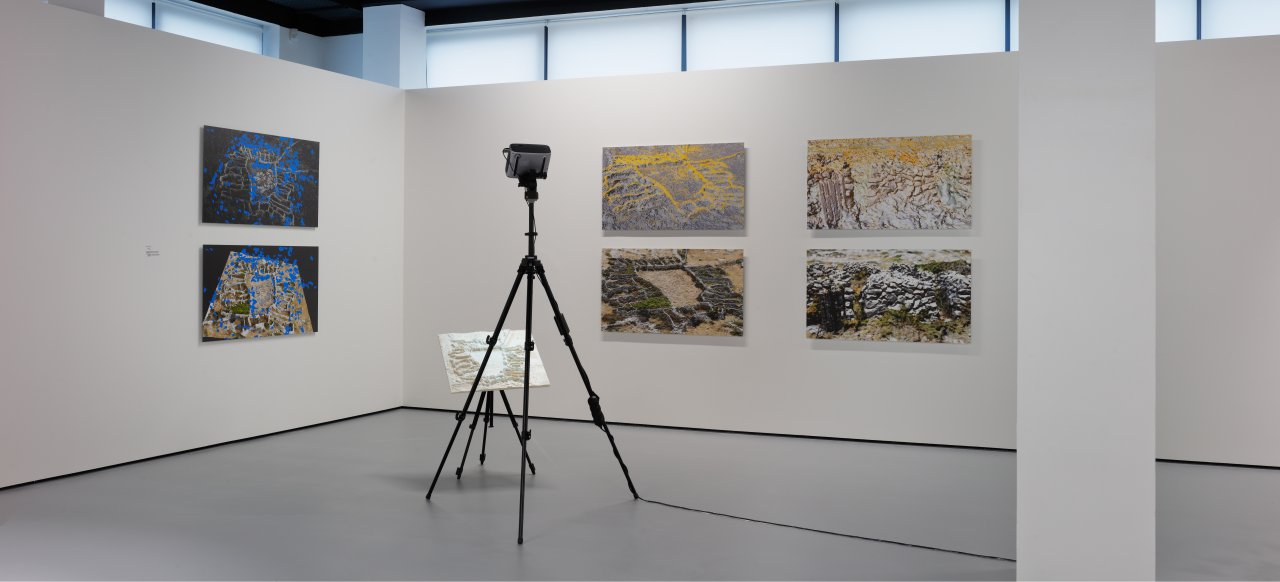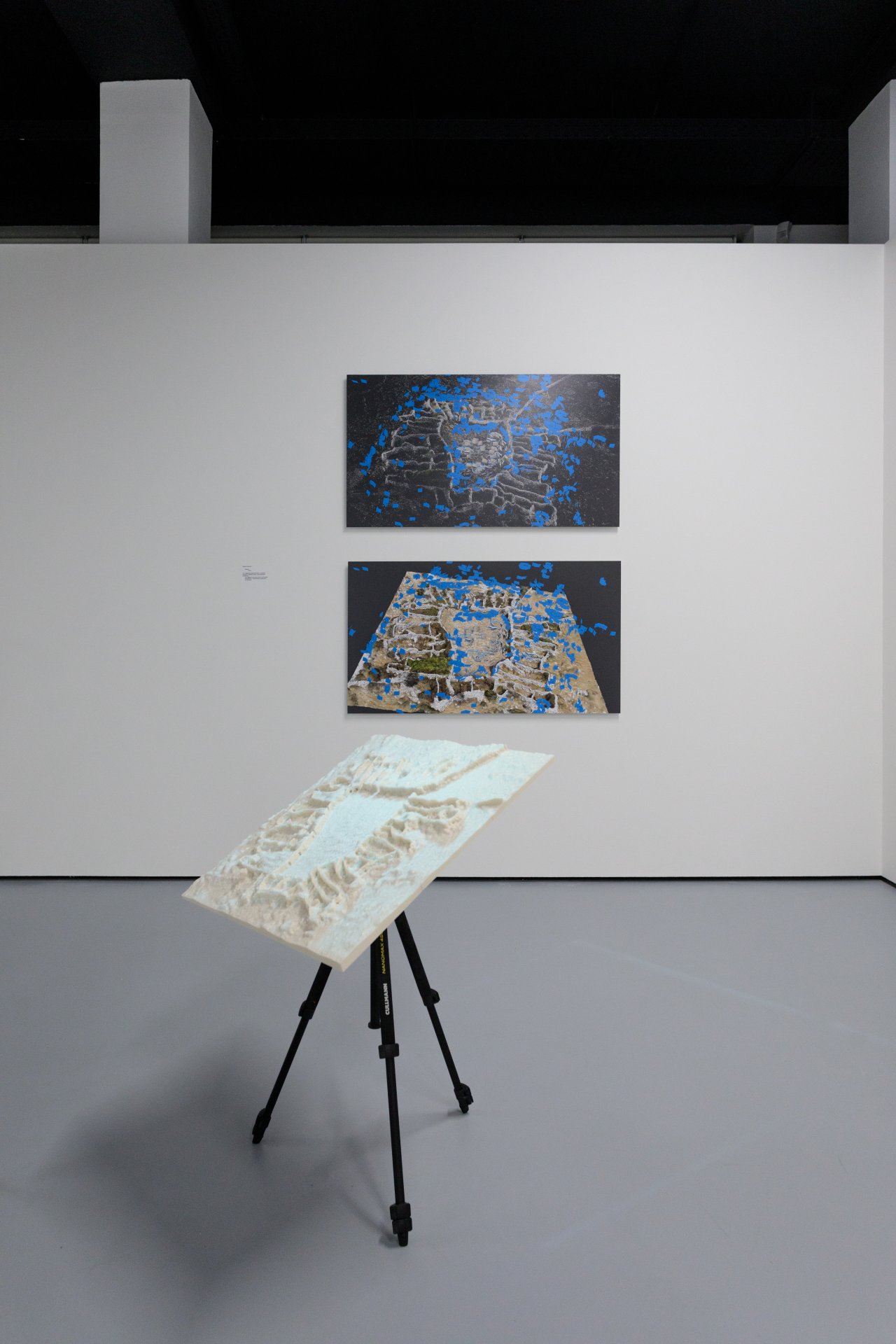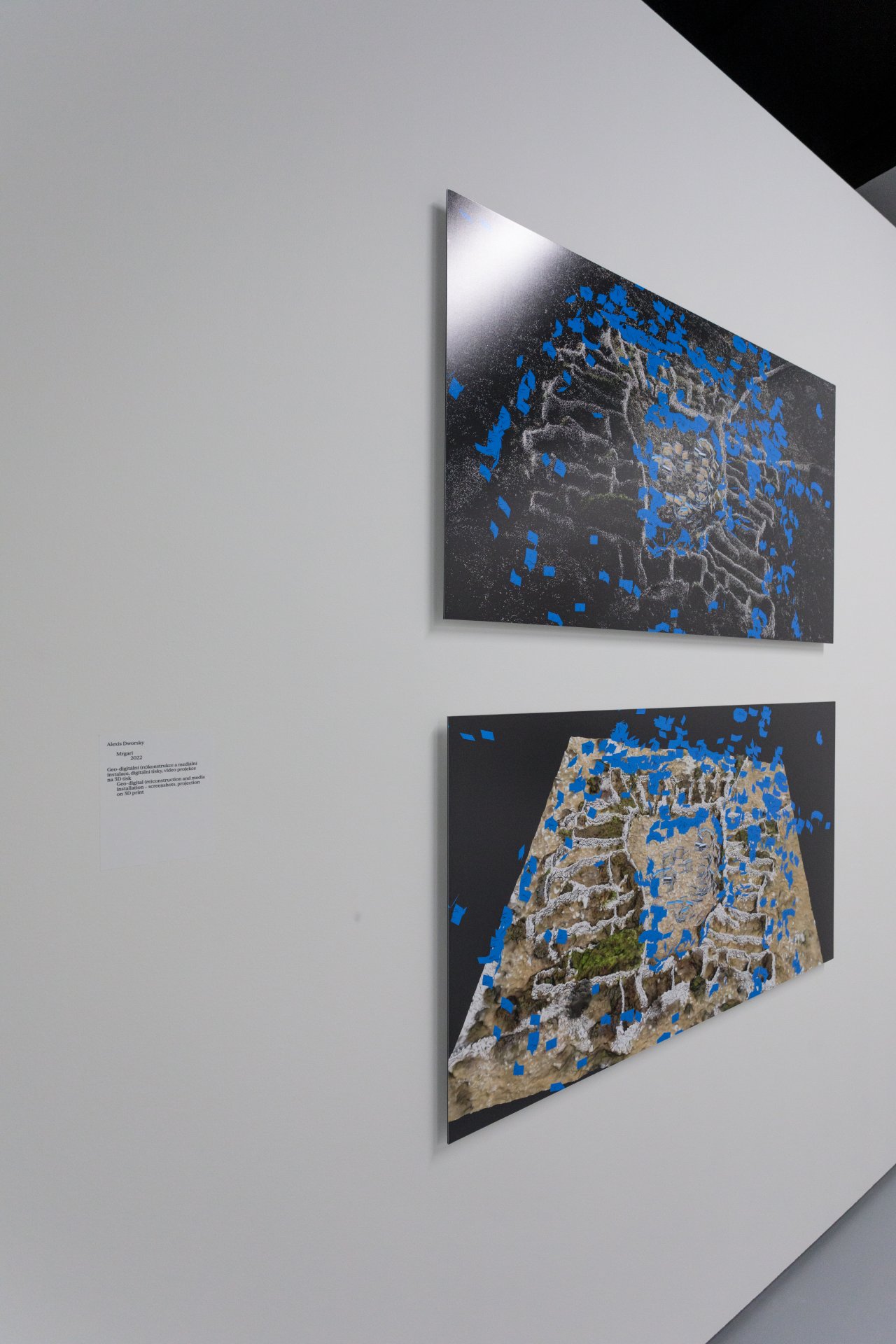Alexis Dworsky Mrgari (2022)
On the Croatian coast and on the islands that surround it, there are numerous old walls called Gromača, built over centuries without the use of any binding material by the storage of individual stones. On the island of Krk, they even form striking stone ‘flowers’ named Mrgari, whose layout corresponds to the needs of sheep farming. These are dying symbols of collective labour, reminiscent in many ways of the Indonesian Lumbung rice granary, to which the curatorial concept of the recently concluded documenta 15 exhibition in Kassel referred. Shepherds funnelled sheep of different owners grazing in the vicinity through a funnel-shaped entrance into them, separated them from each other in the inner space, and sheared them in the adjacent small stables to let them loose again.
Mrgari were a place of intermittent, recurring and joyful community togetherness, exchange and co-creation, albeit under difficult working and natural conditions. These buildings have contributed significantly to the economic exploitation of the beautiful but inhospitable landscape and today, although visibly decaying, they still represent a distinctive landmark and a monument to the disappearing traditional way of life of the local community, which is being displaced by expansive tourism.
Inspired by these primarily quite practical but at the same time mysterious buildings, Alexis Dworsky uses the latest digital technologies to document, virtually conserve, (re)construct, but also artistically transform and develop their symbolic meaning or aesthetic charge. He works with a technology known as photogrammetry. In this way, a digital three-dimensional model is created from hundreds, thousands of photos taken by the drone. It can be perceived through virtual reality or, in the context of the exhibition, physically materialised in the form of a media installation, where information about Mrgari is projected onto a detailed 3D print. From this perspective, Mrgari can be understood as almost alive adaptable sustainable ephemeral architecture changing over time and responding vividly to the environmental conditions and needs of its creators and users…
Alexis Dworsky with contribution by Michal Koleček














